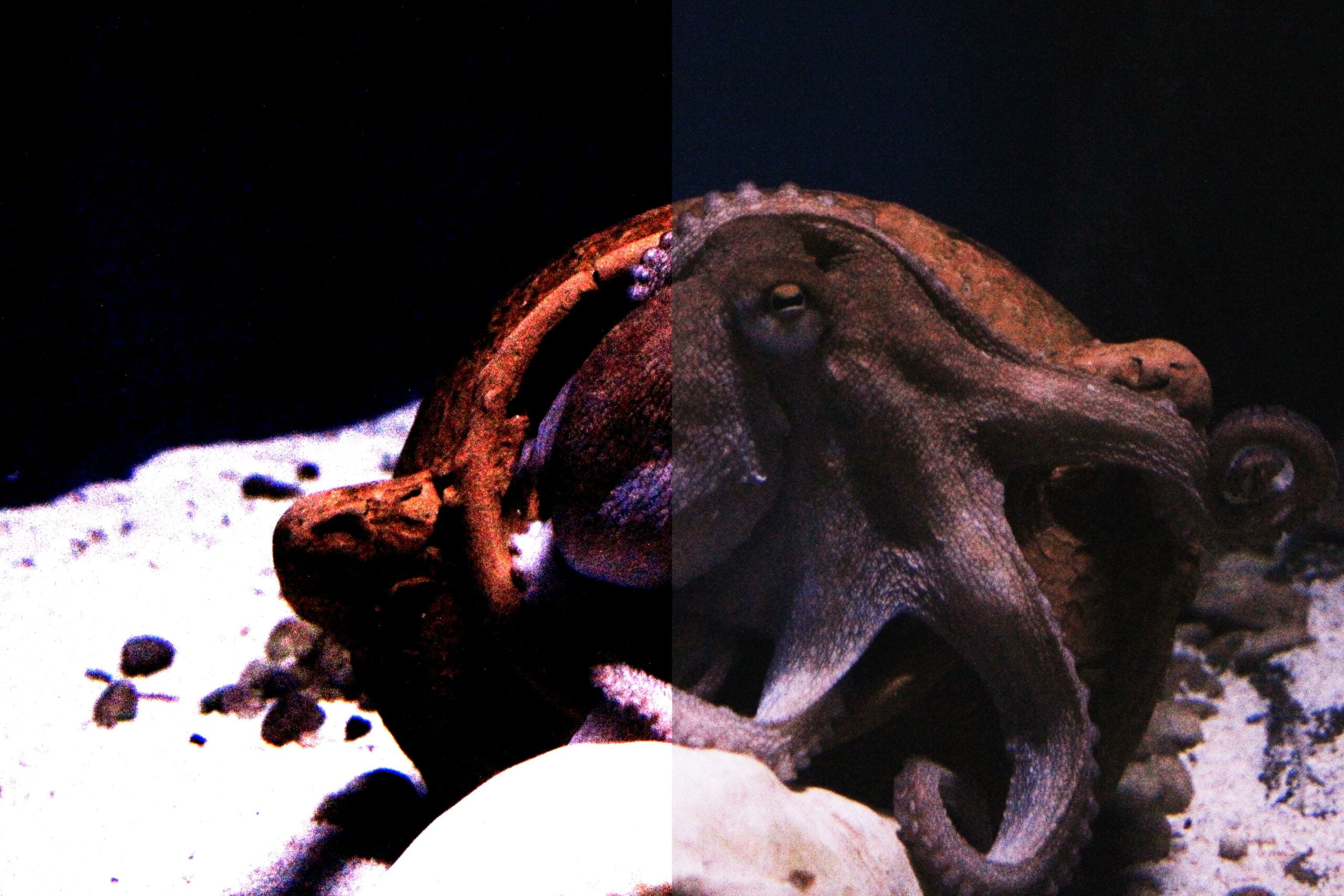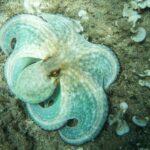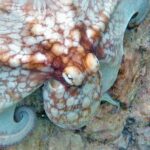Prepare to be astounded as we embark on a journey deep into the enchanting world of the ocean, where wonders beyond imagination wait to be discovered. In this captivating article, we will unveil the astonishing properties of the glass octopus – a mesmerizing creature that never fails to leave scientists and enthusiasts alike in awe. With its translucent body and extraordinary abilities, the glass octopus beckons us to unravel its mysteries and delve into its unique realm. Join me as we explore the incredible adaptations and remarkable traits of this remarkable marvel of the ocean.

Amazing Properties of Glass Octopus
The glass octopus, with its mesmerizing transparency, is a true marvel of the ocean. This elusive creature, rarely sighted, has captivated marine biologists for its extraordinary adaptations and unique traits. In this article, we will unravel the amazing properties of the glass octopus, shedding light on its captivating nature and providing insights into its survival in the depths of the ocean.
One of the most remarkable features of the glass octopus is its near-complete translucency. With its body being nearly transparent, except for its eyes, optic nerve, and digestive tract, it seamlessly blends into its surroundings. This incredible camouflage allows the octopus to evade predators and remain hidden in the mesopelagic and bathypelagic zones of the ocean. The glass octopus truly embodies the concept of “hiding in plain sight.”
“Through its nearly-transparent body, the glass octopus reveals a captivating glimpse into its inner workings, showcasing the delicate balance between survival and adaptation.”
To enhance its ability to escape detection from above, the glass octopus possesses elongated eyes. These elongated structures reduce the visibility of the octopus when viewed from above, further aiding in its survival strategy. The octopus’s eyes, while being a key element in its transparency, also play a crucial role in its hunting techniques. With keen vision, it scouts for crustaceans such as mollusks and snails, which form a crucial part of its diet.
“With its elongated eyes, the glass octopus not only avoids detection but also possesses exceptional visual acuity, allowing it to spot potential prey from a significant distance.”
In addition to its translucent body and unique visual adaptations, the glass octopus also exhibits intriguing reproductive behaviors. The female glass octopus lays hundreds of eggs at a time, yet the total number of these eggs in existence remains a mystery. This enigma further adds to the allure of this remarkable creature. The reproductive habits of the glass octopus highlight its resilience in adapting to the challenges of its deep-sea habitat.
“The glass octopus’s reproductive prowess is a testament to its resilience, ensuring the continuation of its species in the ever-changing ocean depths.”
Among the many mysteries surrounding the glass octopus, the reasons for its transparency are of utmost interest to scientists. While the lack of sunlight in its habitat may play a role in its evolution, it is believed that the need to evade predators is the primary driver behind its translucent nature. As the glass octopus navigates the dark depths of the ocean, its transparency becomes its shield, allowing it to blend seamlessly with its surroundings and minimize the risk of becoming prey.
“The glass octopus’s translucent body is a masterful adaptation honed through evolution, offering it unparalleled protection against the perils of the deep sea.”
In conclusion, the glass octopus is a truly fascinating creature, embodying a variety of astonishing properties. Its near-complete transparency, elongated eyes, and mysterious reproductive behaviors all contribute to its survival and success in the ocean’s depths. Understanding these amazing adaptations sheds light on the intricate web of life in the underexplored world of the glass octopus. By unraveling its secrets, we gain a deeper appreciation for the wonders that lie beneath the surface of our vast oceans.
“Through its transparency and adaptations, the glass octopus invites us to ponder the delicate balance between predator and prey in the mesmerizing depths of the ocean.”
Glass octopuses are truly fascinating creatures of the deep sea. Did you know that they are almost completely transparent, making them practically invisible in the water? Imagine encountering one of these mesmerizing creatures in their natural habitat! If you want to learn more fun facts about the glass octopus, click here: fun facts about glass octopus. Prepare to be amazed by their unique characteristics and intriguing behaviors. Don’t miss out on this opportunity to discover the enchanting world of the glass octopus!
FAQ
Q: What makes the glass octopus so rare to sight?
A: Sightings of the glass octopus are incredibly rare due to its transparent body, which allows it to camouflage with the surrounding ocean environment.
Q: How transparent is the glass octopus?
A: The glass octopus is nearly entirely transparent, with only its eyes, optic nerve, and digestive tract being opaque.
Q: Where does the glass octopus live?
A: The glass octopus inhabits the mesopelagic and bathypelagic zones of the ocean.
Q: What does the glass octopus eat?
A: The glass octopus primarily feeds on crustaceans such as mollusks and snails.
Q: Why does the glass octopus have elongated eyes?
A: The elongated shape of the glass octopus’ eyes helps make them less visible from above, providing a survival advantage against predators.









